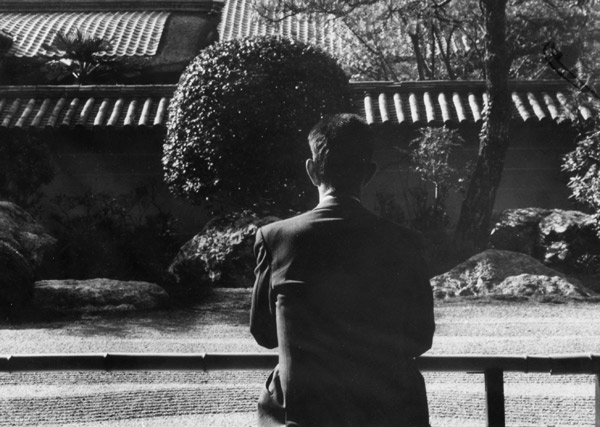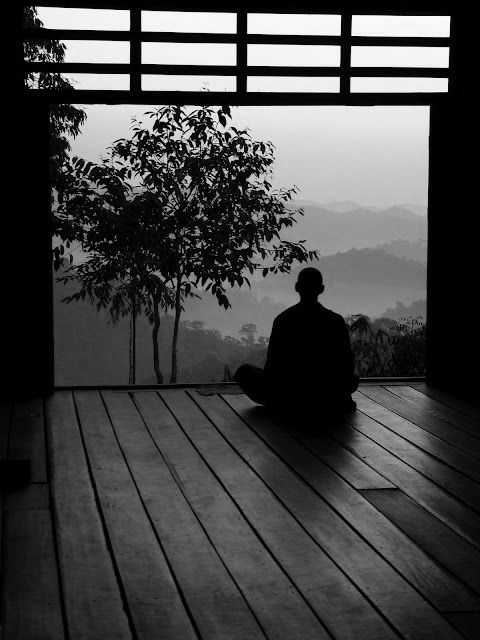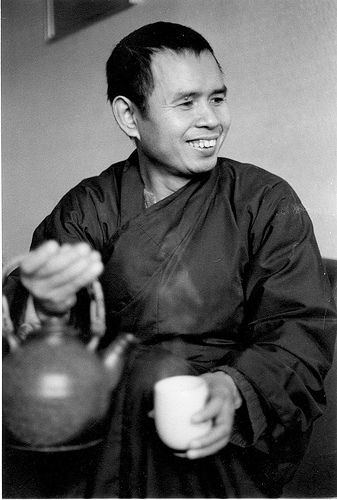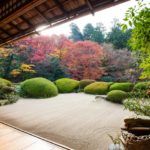02
Apr
2018
Meditation Techniques using Nature and Sound

Reading Time: 4 minutes
Meditation techniques in a busy world can be a challenging one. So, why not seek out a quiet place in the forest, and meditate there. The senses need to go to acute listening. While listening, you are watching what is around you.
Eckhart Tolle
The secret of some meditation techniques is being fully in nature is to refrain as much as possible from thinking while in nature and just be the awareness of all the sense perceptions.
The alert presence. The act of listening is one of many meditation tools. However, a very powerful one. When meditating on the sounds around us, we focus outwardly, unlike the introspective focus on our own breath. In both cases, our everyday mental activity can be overwritten with sonic simulations allowing us to become more present.
This article will explore 3 mighty ways of sound meditation: listening to the breath, deep listening and focusing on the sounds of nature.
Listening to the breath
When John Cage, famous music composer, visited the Anechoic chamber at Harvard University in the 50′, he was in pursuit of silence. He was Intrigued by the concepts of the Zen, that he encountered through the Japanese writer and scholar Daisetz T. Suzuki. In order to decipher the notion of Void, or silence, he decided to visit the quietest place on earth, designed to trap all sounds made within:
The revelation of the absence of “absolute” silence and the redefinition of the term silence, was a key point around which his worked evolved over the years.
Sound means life, presence. The constant change of flux. If we exist, we are sound. If we are, the breath moves within us, and we can hear it.
Even though this concept became largely famous in the West only in 20th century, through the work of John Cage, it was cherished for centuries in the East, through the Buddhist meditation practice. Being a foundation for life, the sound of breath was and is one of most important thing yoga and meditation practitioners devote to. And this is how it might look like:
Meditation Techniques
Exercise no.1: Sit comfortably in a chair or on a cushion. Start focusing your attention on the sensation of the breath coming in and out of your body. Breathe calmly for few minutes, while focusing on the movement of the breath. When you are ready, gently allow the focus to shift from sensations to the hearing. Take a moment and listen. What are you hearing? Keep immersed in the sound of pulsating of the breath, constantly fluxing with the environment, like the ocean or the wind.
Deep listening – Listening to the Other
Living in a world that is becoming busier, noisier and tenser every day, we are feeling more and more the need to slow down and reconnect with ourselves and the others. According to Vietnamese Zen Master Thich Nhat Hahn, many conflicts, starting from small fights to wars, can be prevented, if we only knew how to LISTEN to each other.
Deep listening, or Sangha, according to Master Thich Nhat Hahn, means listening to the other with presence, love, and compassion. It is one of the most important zen practices he and his disciples do in the Plum Village, in Southern France. It is a practice of giving your full attention to whoever is in front of you and feels the urge to speak.
Master Thay, as his students call him, believes that listening to the other, without judgment, opinions, theories, thoughts or emotions, can help relieve the suffering from the other person. Offering your presence, and listening without any interruption, might be the key to help the person in front of you.
“Even if he says things that are full of wrong perceptions, full of bitterness, you are still capable of continuing to listen with compassion. Because you know that listening like that, you give that person a chance to suffer less. If you want to help him to correct his perception, you wait for another time. For now, you don’t interrupt. You don’t argue. If you do, he loses his chance. You just listen with compassion and help him to suffer less. One hour like that can bring transformation and healing.”
Exercise no.2 (from Thich Nhat Hanh):
Sit in front of a friend or anyone in need to be heard. Grant the speaker with your full presence, letting him/her speak out until the heart is empty and calmer. Do not interrupt, judge or make conclusions. Until all these emotions go away. At the end, you can speak from the heart offering your love and compassion.
Listening to the sounds of nature
“The slow, whooshing natural noises (birds, waves, wind) are the sounds of non-threats for our brains, which is why they work to calm people…It’s like they’re saying: ‘Don’t worry, don’t worry, don’t worry.”
Orfeu Buxton, an associate professor of biobehavioral health at Pennsylvania State University.
For centuries already, monasteries, temples, and places for meditation have been built deep down in the forest and lush jungles. If you take a closer look some of them are even quite inaccessible but located in breathtaking natural surroundings. When in nature, it is easier to bring a receptive presence and be open to the beauty and tranquility around and within us.
According to Mark Coleman, a psychotherapist and life coach who has practiced Buddhist meditation techniques since 1984, our mind is not always present. It often wonders around, projecting itself in the future or past. Unlike thinking, our senses are in the now. When in the sound and temperature- controlled indoors, the senses are somewhat dulled. The natural world, on the other hand, functions as a wakeup call for the senses. Mark claims that our hearing becomes sharper as we listen to nuances of birdsong and the rustling of leaves in a forest, while our eyes become captivated by the beauty, texture, and sheer natural diversity. That is why it is just easier to fully bring our awareness to the presence in nature when all the senses are stimulated in a harmonious way.
Exercise no.3:
One of the best meditation techniques that is probably the simplest yet the most difficult one is to be by yourself in nature. Find a calm space in the forest. If that is not possible just go to the nearest park or a green rooftop in an urban environment. Sit down. Slow down the breathing. Listen attentively to all the sounds around without trying to grasp them, name them, judge them. All of them at once. Observe. Enjoy.
Bonus
If you are interested to know more about how else sound can help you create a better living, click here or if you would like to find out how to create your own quiet meditating space, please find out more here.







